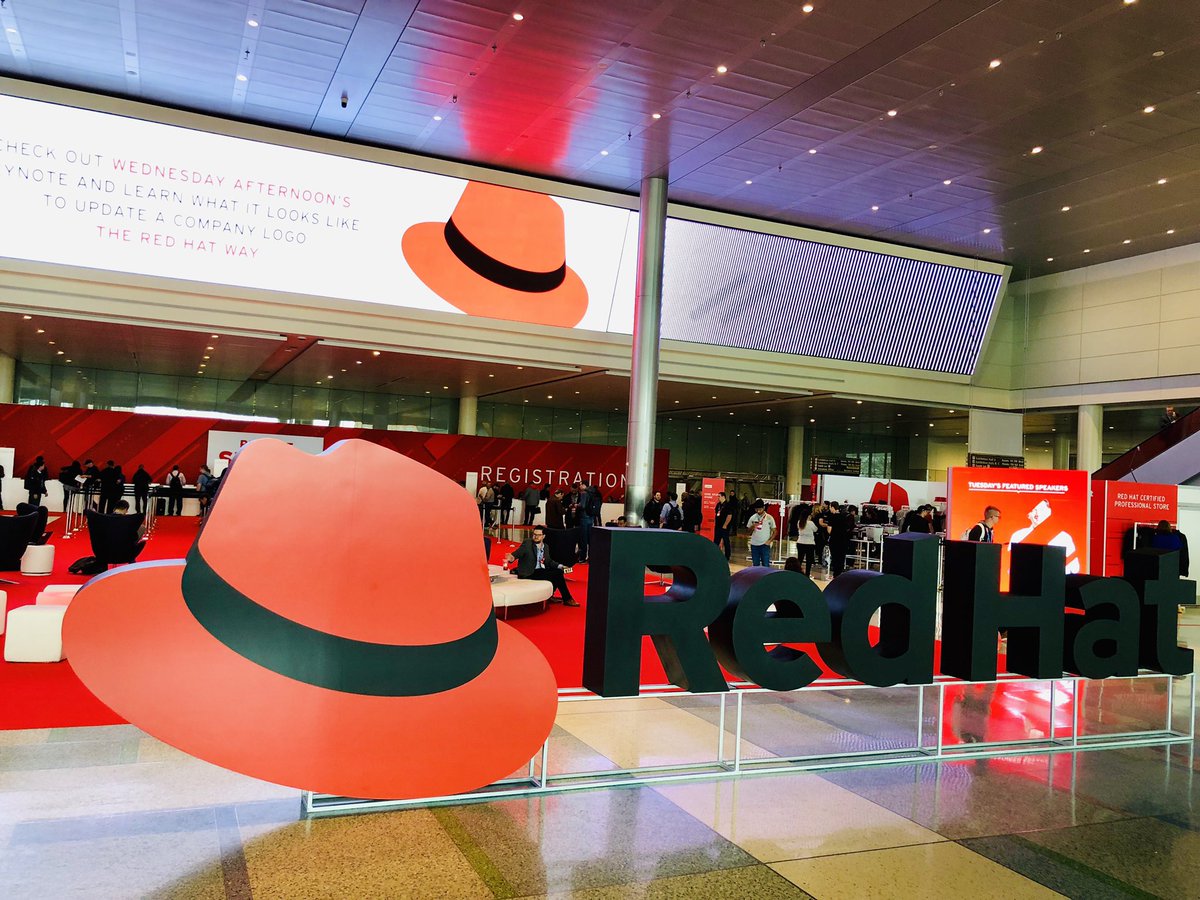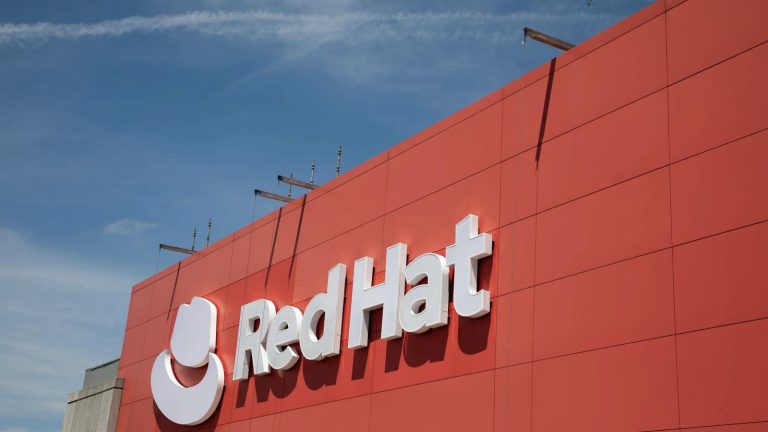
Red Hat, the world’s leading open source software vendor announced the general availability of Red Hat Enterprise Linux 8, the OS designed to span the breadth of deployments across enterprise IT. The open source solutions provider kicked-off its annual Red Hat Summit customer event in Boston on May 7 by announcing the release of Red Hat Enterprise Linux 8.
So what’s in it for the enterprise market with the latest release of RHEL 8 where Linux has grown exponentially from an operating system to becoming the industry standard for enterprise data centers. The release promises big gains for IT industry’s two major driving forces — cloud computing and containers.
Going Big On Cloud & Containers
a) According to RedHat, RHEL 8 is “redesigned for the hybrid cloud era” and built for deployment across multiple public clouds. Now with improved container capabilities, upgraded features, a hardened code base and deeper updates, it provides the best foundation for public and private cloud, enterprise data centres and containers. RedHat led the Linux revolution
b) For long, RedHat led the Linux revolution and forged deeper collaborations to provide enterprise grade solutions to their customer base with their Enterprise Linux platform. Dubbed as a pioneer of open source development model, Red Hat aggressively expanded its customer base and built considerable capabilities and upgrades around the hybrid cloud infrastructure.
c) IBM’s $34 billion buyout affirmed RedHat’s play and capabilities in the hybrid cloud market and could be a turnaround story for IBM. RHEL 8 is completely in line with IBM’s hybrid cloud strategy and will allow IBM to emerge as a leader in the hybrid cloud market and also position itself as a leader in open source software. Last year in October, IBM announced a $34 billion buyout of RedHat to strengthen its hybrid cloud technologies portfolio. The buyout indicated a deeper collaboration between the two software giants and was one of the biggest software acquisitions.
d) What’s interesting is as the development environment continued to evolve and enterprises realised the need for high performing, secure and scalable platform, RedHat upgraded its underlying infrastructure to go beyond providing production-ready Linux. It provides enterprises with a cloud-native strategy with Red Hat OpenShift Container Platform.
e) The announcement of RHEL 8 came at the same time as Red Hat Universal Base Image which provides a secure foundation for building enterprise-ready containerized applications. According to RedHat, applications built with the Universal Base Image can be run anywhere with the benefits of the Red Hat Enterprise Linux life cycle and support from Red Hat when run on Red Hat Enterprise Linux or Red Hat OpenShift Container Platform.
f) A pioneer for building the open source business model, Red Hat was also one of the first companies to merge its operating system with containers. At a time when containers were just taking off, Red Hat launched Red Hat Enterprise Linux Atomic Host is a variation of Red Hat Enterprise Linux 7 optimised to run Linux containers. This addition to the Linux portfolio affirmed Red Hat’s strategic play in the container market and has now become the backbone of enterprises. RHEL Atomic Host provided tools for running containers preinstalled – docker, atomic, etcd, flannel. Today, building applications out of container-based technologies have soared tremendously in popularity. With RHELAH added to the product suite, the company provided a OS/container solutions to enterprise base.
Outlook
Linux is undoubtedly the platform on which new innovations are developed. According to Red Hat CEO James Whitehurst Linux kernel is the key to modern technology, ranging from supercomputers, phones to even nuclear submarines. What spurred the success of Enterprise Linux was the slow embrace of corporates and the decided shift towards open source. Since then, IT bellwethers, most notable Microsoft, Amazon have made considerable progress towards adopting an open source approach. One of the most telling enterprise uses is that from Microsoft wherein most services in Azure run on Linux. Today, most new-age companies rely on an ecosystem of standardized open source components that are generally re-used and updated by the industry at-large.
According to Paul Cormier, President, Products and Technologies, Red Hat, “Over the past two decades, we’ve seen Linux grow from a niche operating system to a default for enterprise datacenters. Red Hat Enterprise Linux has been at the forefront of this evolution, supporting nearly every workload and enterprise IT environment that our partners and customers can conceive. Red Hat Enterprise Linux 8 continues this work, but delivers more than just production-ready Linux; it provides a catalyst for innovation at cloud-scale”.
Another key point is that a lot is riding for IBM here that is banking on Red Hat to drive up the investor confidence. A chunk of Red Hat’s revenue comes from server OS and traditional on-premise enterprise platforms. The company has added another line of revenue through leading cloud platforms like AWS, GCP and most importantly Azure. In addition to this, Red Hat also draws revenues from its portfolio offerings like OpenShift (container application platform), Ansible (used for automating data centre functions) and OpenStack (cloud infrastructure platform). With the current release, Red Hat sales will get a further boost from cloud container deployments and rapid adoption among enterprises.


















































































